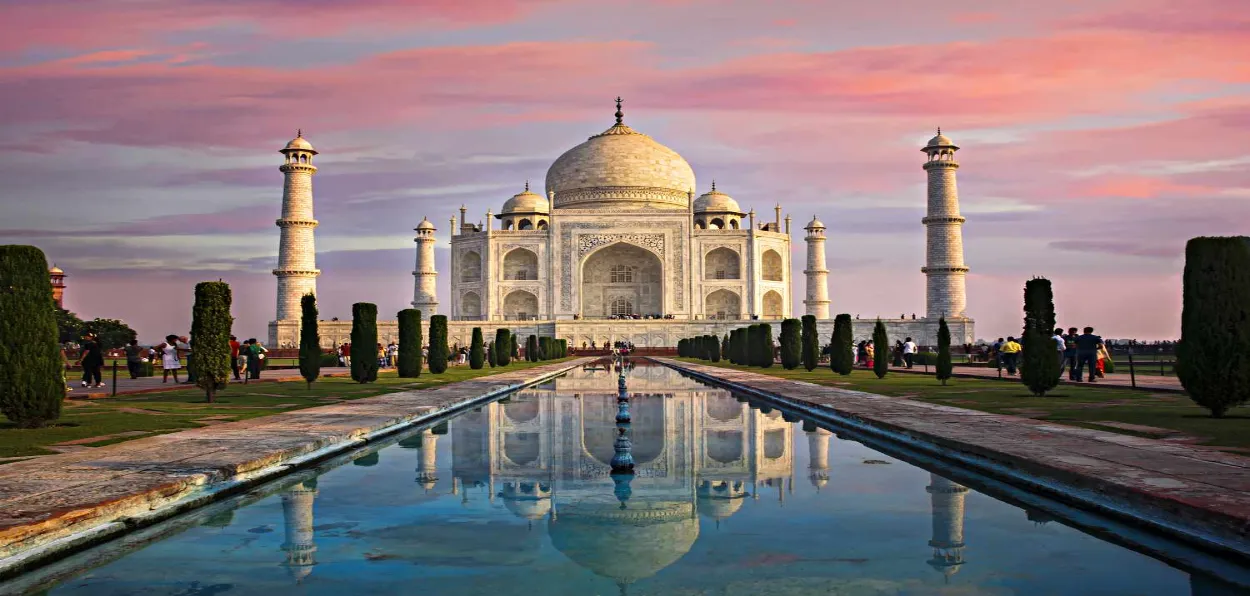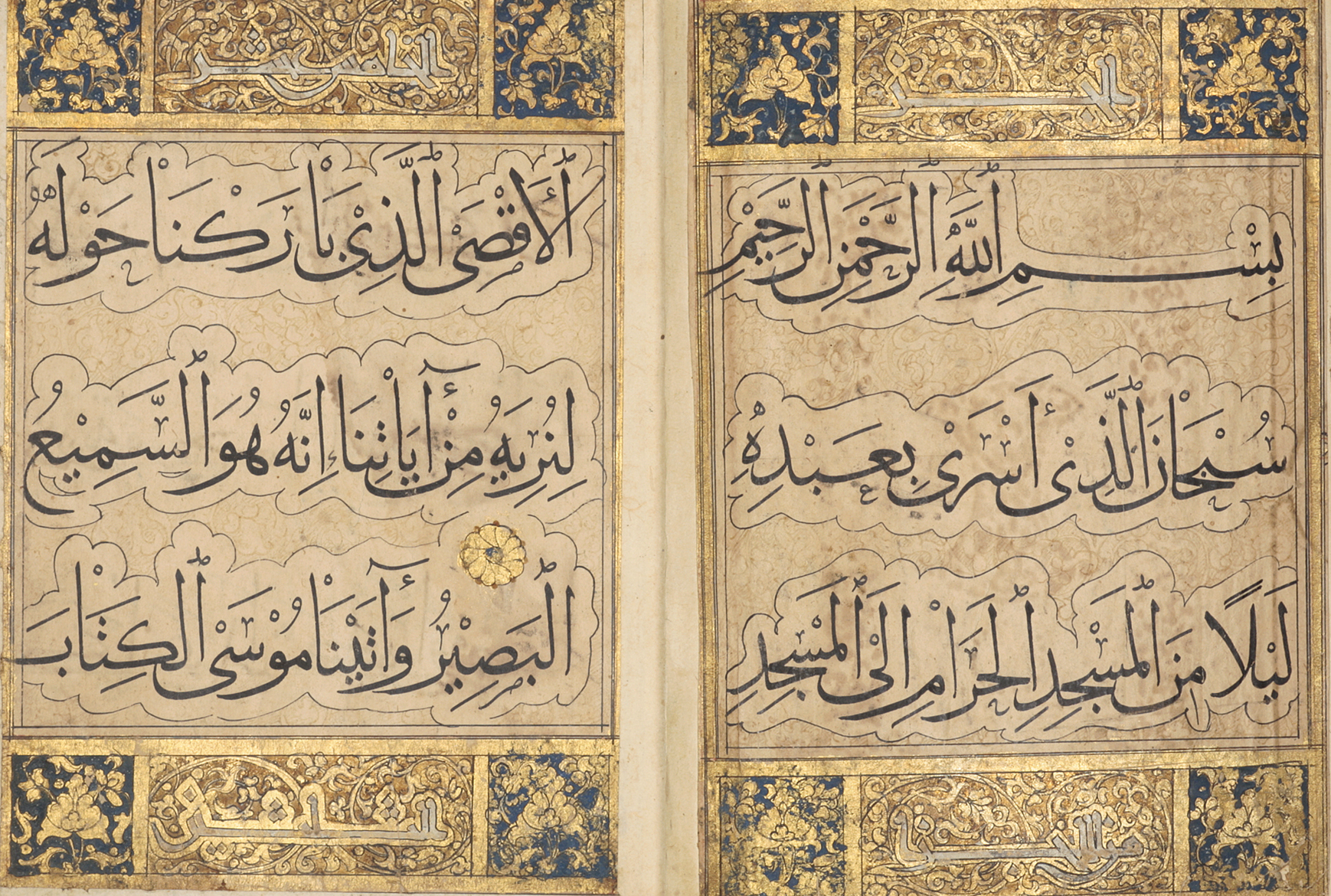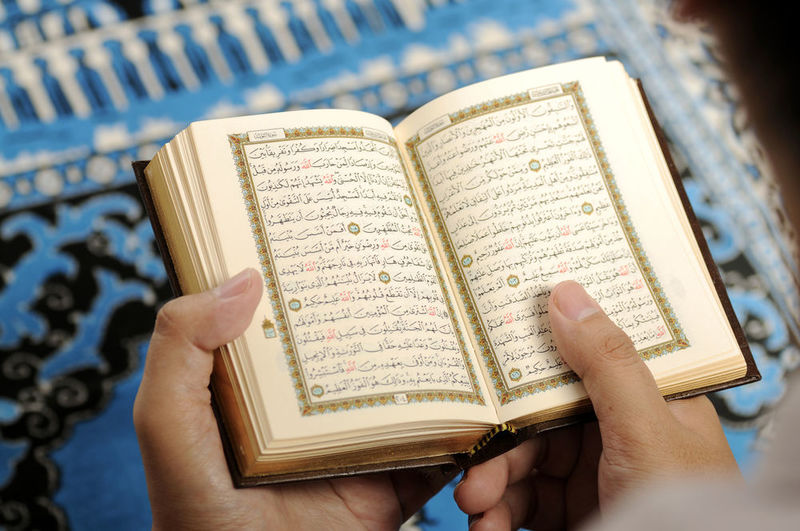
Amir Suhail Wani
Art and beauty are essential aspects of human life. A Human is lifted by the experience of beautiful and aesthetic objects and events and its appreciation is imprinted on his mind. Man tries to discover beauty in his everyday life – from his clothing to the architecture of his house – and he wants everything to be beautiful.
Islam is often blamed for blunting man’s aesthetic sense, for disregarding beauty, and for suppressing man’s creative and artistic faculties. Within Islam itself, some people go on to oppose music and painting, singing and poetry, and other forms of fine arts. This tendency which stifles man’s creative urge and places a seal on arts and literature is not only opposed to the basic nature of man but also violates the spirit of Islam and creates a culture of banality and dullness.
The concept of beauty in Islam has a deeper meaning and forms the essence of Islamic tradition and Muslim civilization. The architectural marvels like the Taj Mahal and Al Hamra which Muslims built only reinforce this belief. From our eating habits to normal conversations, from the structure of Mosques to our dressing sense, Islam emphasizes beauty and arts at each moment of human life. Then why does the world perceive Islam as a religion opposed to beauty and arts? Why do many Muslims, including some scholars issue fatwas and bans against music and poetry, art and literature, and other forms of celebrating life and beauty?
 Calligraphy
Calligraphy
The prophet of Islam said that “God is beautiful and loves the beauty”, thereby sparking Muslims’ sense of beatitude and sublime. Traditions go on to report that the Prophet took special care to beautify himself and exhorted his companions too to observe personal cleanliness and maintain beauty in their disposition. Beauty in Islam has a vast scope and it is not just confined to appearance. Islam sees the beauty of character and soul as the supreme form of beauty like Socrates emphasized in his relationship to Alcibiades that ultimate beauty is the beauty of heart and intellect.
Islam simultaneously focuses on the external and apparent manifestations of beauty and this range over the entire realm of human life. Behrens-Abouseif goes on to write that “in no other religion beauty plays such a crucial role as in Islam”. Thus in Islamic civilization, we see beauty penetrating every facet of life. The literary masterpieces of mystic poets like Rumi, Attar, Sa’adi, Bedil, Hafiz, Abul Khair were inspired by the same Islamic emphasis on art, beauty, and aesthetics. The architectural marvels like the Taj Mahal, Nine Dome Mosque, Agra Fort, Badshahi Mosque, The Alhambra, and a host of Sufi hospices, tombs, palaces, and gardens that Muslims built across the world are a testimony to the Islamic celebration of beauty and refinement of taste.
Another subtle art form from which Muslims evolved pertains to Quranic Qirat (Recitation) and calligraphy, thereby creating an entire science of writing. Muslims firmly believed the Quran to be the word of God and took utmost care in its recitation and transcription. They took the arts of recitation and calligraphy to new heights. Modern Musicologists are baffled at the subtleties and intricacies introduced by Qurra (Quran reciters) and have candidly accepted the acoustic beauty carried by the Quranic recitation.
When Qari Abdul Basit gave his recitation performance in the then USSR Parliament which was then dominated by the communists, the members present broke down to tears, attesting to the beauty of Quranic recitation. Thus we have seen that Islam has doused Muslim lives with the overwhelming manifestations of beauty and has not only confined this beauty to form but has carried it further to the soul. There is an entire science of beautification of the soul in Islam identified as Ahsan or Tassawuf.
Of late one has witnessed many disturbing and gore episodes in Muslim societies destroying beauty, the creation of ugliness, and the fatwas banning arts and works of aesthetic value. For example, with the coming of Wahabis into power in Saudi Arabia, the tombs, mausoleums, and shrines were razed and all the imprints of the past, encompassing art, beauty, and magnificence, were bulldozed and a realm of ugliness and sheer banality was promulgated. Likewise, during the previous reign of the Taliban, the Bamiyan Buddha statues were destroyed in an orgy of violence and insanity. These acts not only stand opposed to the Islamic respect for other religions but cut at the roots of Islam’s appreciation of art and beauty.
 Muslims reciting the Holy Quran
Muslims reciting the Holy Quran
Likewise, many scholars have been crying their lungs out to classify music as prohibited and listing it among the grave sins. This reading is not only superficial but also against the socio-historical circumstances in which Islam banned a few forms of immodest Music. According to Behrens- Abouseif “Although the jurists Abu Hanifa and Shafi’i condemned music, in particular when performed by slave girls, Al-Ghazali contradicted with the argument that there is no statement in the Quran or in the Prophet’s traditions to justify such hostility. One of Al-Ghazali’s arguments in favour of music was that it is perceived by one of our five senses which, together with the mind, were created to be used”.
It is clear from the historical understanding of Islamic rulings against a few forms of plastic and performing arts to only save society from moral decay and ethical malaise. Islam never shunned or abhorred the creation, production, reproduction, celebration, and propagation of beauty. It just defined the legitimate limits within which beauty is to be celebrated and enacted. Islamic holism includes all the sensory dimensions of man to cater to their aesthetic needs like we have the entire realm of perfumery celebrating the olfactory dimension of beauty and pleasure.
ALSO READ: Sabahat Afreen curated a women's world sans fear and restrictions in her stories
The Islamic concept of beauty not only strives for the creation of beautiful artifacts but aims at the creation of a beautiful society and civilization too. It deems man as the paragon of beauty and aspires to restore to him his beauty and equanimity. As the mystics said “God became man so that man may become God” – this goal is achievable only in the paradigm of beauty and Islamic civilization is replete with examples extolling and glorifying natural and man-made aspects of beauty. Only beauty can save us, as Indian tradition reminds us Satyam-Shivam-Sundaram and John Keats said: “Beauty is truth, truth beauty,—that is all; Ye know on earth, and all ye need to know”
